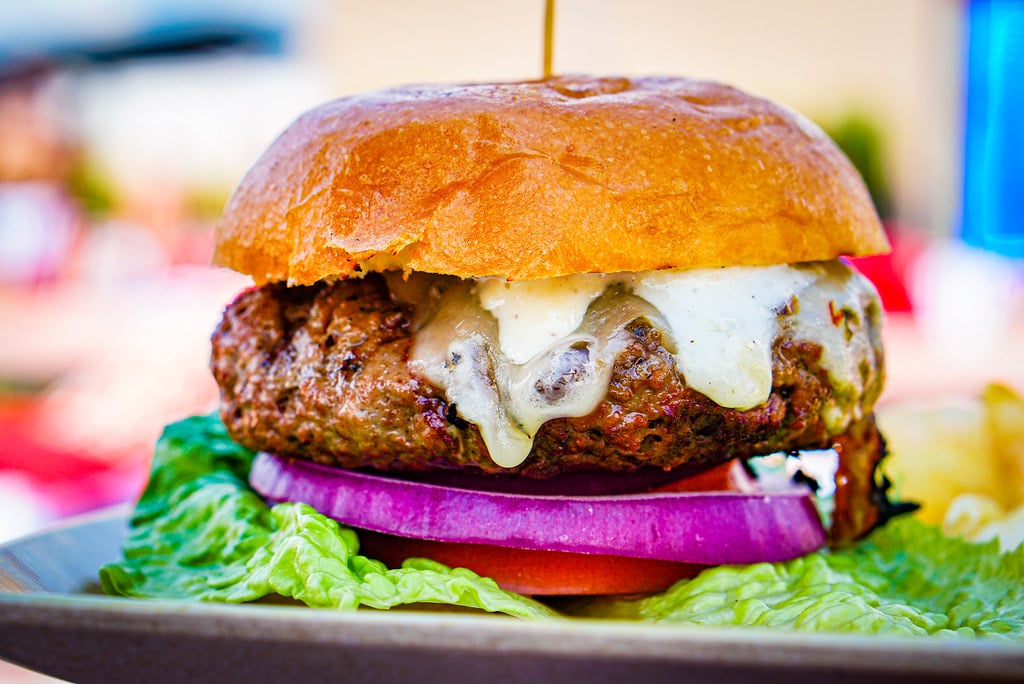An interesting patent case was recently filed by the company that makes “Impossible Burgers” which are plant-based food products made by Impossible Foods. See BloombergLaw media report here. As reported, the key ingredient is something called a “heme” which, for Impossible Foods, is a soy leghemoglobin molecule found naturally in plants and animals and is what makes meat taste like meat. Impossible Foods invented a method of producing hemes from soy plants using genetically engineered yeast. Impossible Foods obtained a patent. See here.
The media article calls this a “tastes-like-meat” patent. This raises the question of whether taste and flavor can be patented and whether the “heme” molecule can be patented. Impossible Foods is now suing a competitor — Motif FoodWorks — for patent infringement.
Since at least 1980, there is no question that patents can be issued and protected for manufactured organisms. See Diamond v. Chakrabarty, 447 US 303 (US Supreme Court 1980). That case involved a patent application for producing genetically engineered bacterium that was designed to break down crude oil. This was deemed potentially commercially valuable as a method for the treatment and cleanup of oil spills. In that case, the inventor sought a patent for the process of producing the bacteria, for a carrier method of delivering the bacteria and for the bacteria itself. Importantly, neither of the first two presented a problem of patentability. It was the third issue that presented a legal question. In the end, the US Supreme Court held that, as a designed and essentially man-made organism, the bacteria in question was a patentable subject matter under US patent laws. See 35 U. S. C. § 101.
Further, there is also no question that molecules that impart flavor can be patented as long as they meet the other requirements of patentability (like novelty and non-obviousness). See an example here for a “tastes-like-toasted-corn” patent.
Like the patent at issue in Chakrabarty, the Impossible Foods patent contains a clear set of claims related to its process of generating the heme molecule and then applying it to food processing in various ways. Such processes are clearly patentable. Manufacturing processes are common subjects for utility-type patents. However, it is unclear whether Motif FoodWorks is using the same or similar processes. From this separate media report, from public announcements made by each company, it seems that Impossible Foods is obtaining its heme from nitrogen-fixing nodules on plants like soy plants. By contrast, Motif seems to be obtaining its heme — branded as HEMANI — from the muscle tissue of cows. However, these are, of course, public pronouncements. It will be interesting to hear about the proofs provided in court.
With respect to the heme molecule itself, one question is whether it is a naturally occurring substance. In general, patents cannot be issued for naturally occurring organisms absent some involvement, cultivation or intervention by human action. A plant patent, for example, cannot be issued for a plant species found in the wild. However, a plant patent CAN be issued for a plant found in a cultivated area. As noted above, “heme” is a naturally occurring molecule. But the specific “heme” used by Impossible Foods might well have been hybridized or modified to be different from the one that occurs naturally in nature. The same may be true for the “heme” being used by Motif FoodWorks.
It will be interesting to watch the case progress.
Contact Revision Legal For more information or if you have an invention that you want to patent, contact the patent lawyers at Revision Legal at 231-714-0100.




